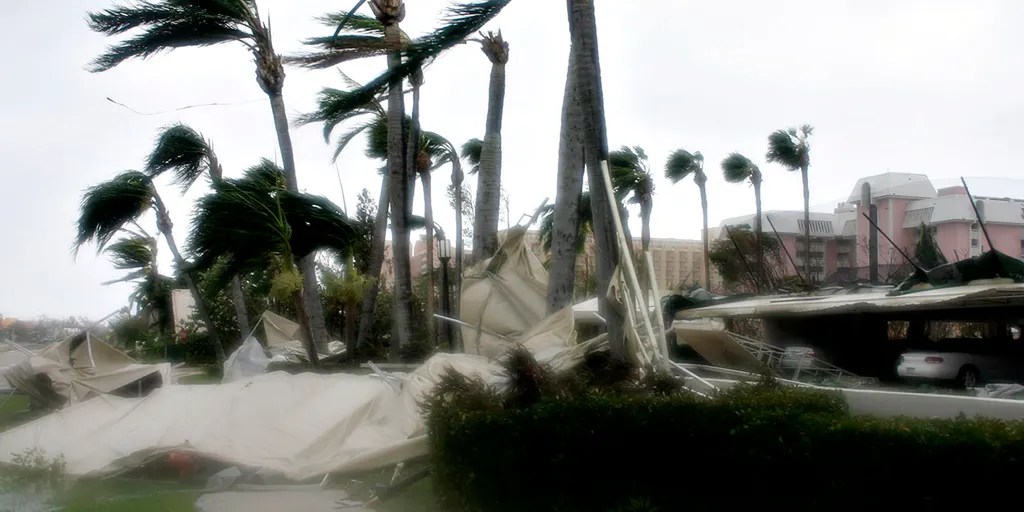Marco Island Hurricane Helene was a significant event that left a lasting impression on the community and its residents. This hurricane, which made landfall in 2000, brought with it devastating winds, heavy rainfall, and flooding that changed the landscape of Marco Island. Understanding the impact of Hurricane Helene is crucial for both residents and visitors to appreciate the resilience of this beautiful location.
In this article, we will explore the details surrounding Hurricane Helene, including its formation, path, and the effects it had on Marco Island. We will also discuss the recovery efforts that followed, the lessons learned, and what residents can do to prepare for future storms. As we delve into this topic, our goal is to provide a comprehensive overview that highlights the importance of preparedness and community spirit in the face of natural disasters.
Whether you are a long-time resident, a newcomer, or simply someone interested in hurricane history, this article aims to equip you with valuable insights and actionable information. Let’s take a closer look at Hurricane Helene and its lasting impact on Marco Island.
Table of Contents
Hurricane Formation
Hurricane Helene formed in September 2000 as a tropical storm in the Atlantic Ocean. It quickly intensified into a hurricane, fueled by warm ocean waters and favorable atmospheric conditions.
The characteristics of Hurricane Helene included:
- Category 1 hurricane on the Saffir-Simpson scale.
- Maximum sustained winds of 85 mph.
- Heavy rainfall exceeding 10 inches in some areas.
Path of Hurricane Helene
Hurricane Helene took a track that brought it directly toward Marco Island. The storm moved northwest, making landfall on September 20, 2000, creating chaos for residents and local businesses.
Timeline of Events
The timeline of Hurricane Helene’s journey is crucial for understanding its impact:
- September 15, 2000: Formation of Tropical Storm Helene.
- September 18, 2000: Upgrade to Hurricane Helene.
- September 20, 2000: Landfall on Marco Island.
Impact on Marco Island
The effects of Hurricane Helene on Marco Island were severe and widespread.
Physical Damage
The hurricane caused extensive physical damage, including:
- Destruction of homes and businesses.
- Downed power lines leaving thousands without electricity.
- Flooding that damaged roads and infrastructure.
Emotional and Economic Impact
Beyond physical damage, the emotional toll on residents was significant. Many faced loss, displacement, and uncertainty about the future. The local economy was also affected, with tourism and businesses taking a hit.
Recovery Efforts
In the aftermath of Hurricane Helene, the community came together for recovery efforts. Local and state authorities worked diligently to restore services and assist affected residents.
Federal Assistance
The federal government provided disaster relief funds to support recovery, which included:
- Individual assistance for displaced residents.
- Business loans for affected companies.
- Infrastructure repair funding.
Community Initiatives
Community organizations also played a critical role in recovery through:
- Food and supplies distribution for those in need.
- Volunteer programs for rebuilding efforts.
- Emotional support services for residents.
Lessons Learned
The experience of Hurricane Helene taught valuable lessons for future preparedness.
Emergency Preparedness
Residents learned the importance of having an emergency kit and a family evacuation plan. This includes:
- Stocking necessary supplies like food, water, and medications.
- Establishing communication plans with family and friends.
- Staying informed through local news and weather updates.
Building Codes and Regulations
In the wake of the hurricane, building codes were reviewed and updated to enhance safety. This included:
- Stricter regulations for new constructions.
- Incentives for retrofitting older structures.
Preparing for Future Storms
As climate change continues to impact weather patterns, preparation for future storms is crucial.
Community Involvement
Engaging the community in preparation efforts can strengthen resilience. This can involve:
- Hosting preparedness workshops.
- Creating local emergency response teams.
- Encouraging neighborhood watch programs.
Investing in Infrastructure
Investments in infrastructure can help mitigate the effects of future hurricanes. Solutions include:
- Improving drainage systems to prevent flooding.
- Strengthening seawalls and levees.
Community Resilience
The resilience displayed by the Marco Island community in the aftermath of Hurricane Helene is commendable. The spirit of collaboration and support among residents helped the area recover. Initiatives that promote community bonding, such as local events and volunteer opportunities, can further enhance resilience.
Conclusion
Hurricane Helene was a pivotal event in the history of Marco Island, highlighting the need for preparedness and community resilience. The lessons learned from this storm continue to shape the way residents approach hurricane season. We encourage readers to share their experiences and thoughts in the comments below, and to explore other articles on disaster preparedness and recovery.
Thank you for taking the time to read about Marco Island Hurricane Helene. We hope this article has provided you with valuable insights and encourages a proactive approach to future storms.
Also Read
Article Recommendations



ncG1vNJzZmivp6x7tMHRr6CvmZynsrS71KuanqtemLyue9Oop6edp6h%2BeXvMmqmcp12ewK2tzZ1koa2ip7akrc2eZKGdnJq7pnrHraSl